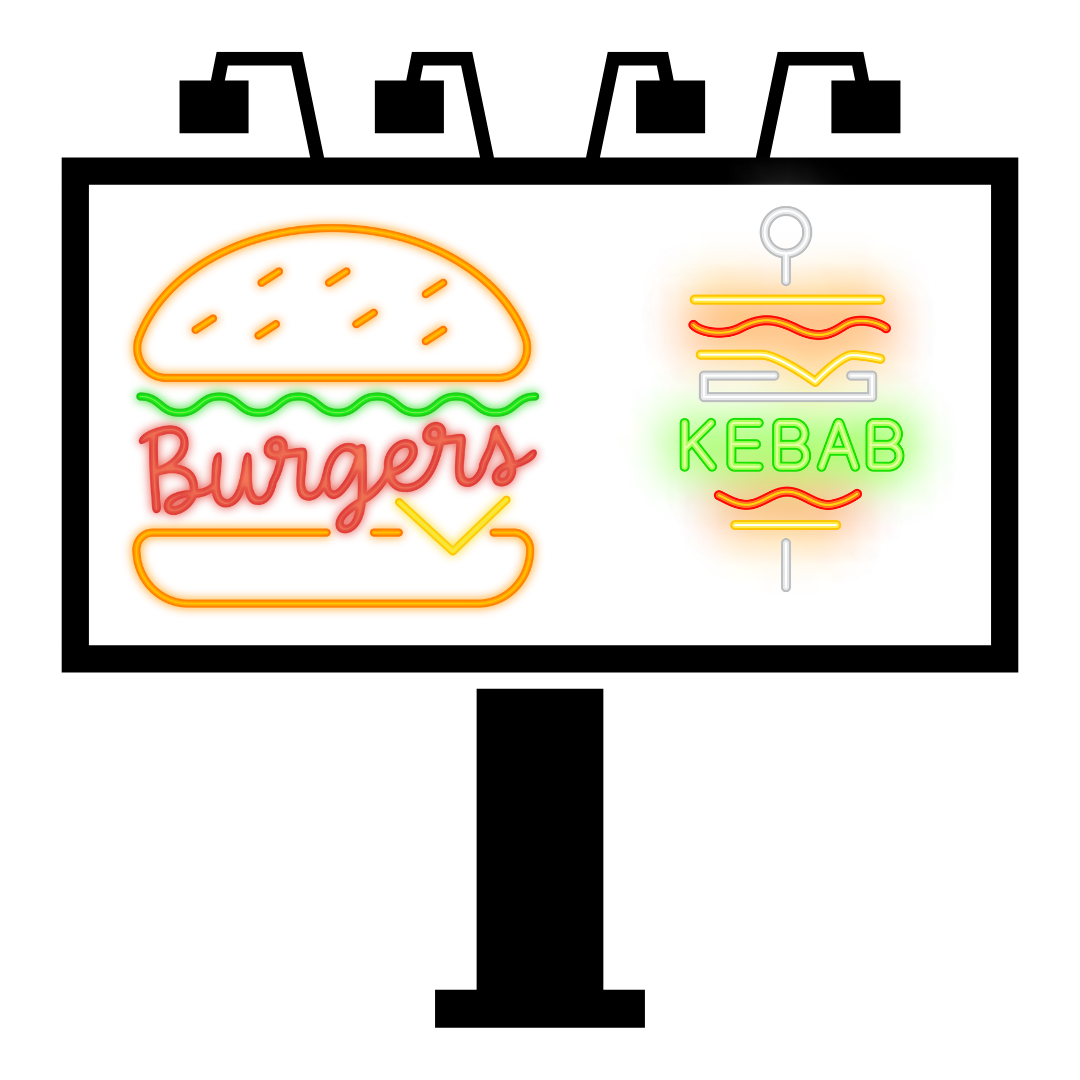The Impact of Food Marketing on Addiction
In today’s society, food marketing plays a pivotal role in shaping our eating habits and preferences. In the UK, the influence of food marketing has become a significant factor contributing to the growing issue of food addiction. Through clever advertising strategies and pervasive marketing techniques, food companies have managed to create a powerful impact on consumer behaviour, often leading to unhealthy eating habits and food addiction.
Let’s explore how food marketing in the UK affects addiction and what can be done to mitigate its impact.
The Power of Advertising
Advertising is a potent tool used by food companies to promote their products. Through television, social media, billboards and other forms of media, advertisements bombard consumers with enticing images and messages that associate certain foods with happiness, success and convenience. This constant exposure can create a subconscious craving for these foods, especially those high in sugar, fat and salt, which are often the most heavily marketed. For individuals struggling with food addiction, these advertisements can trigger intense cravings and perpetuate the cycle of addiction.
Targeting Children and Young Adults
Children and young adults are particularly susceptible to food marketing. In the UK, it is common to see advertisements for sugary cereals, snacks and fast food during children’s television programmes and on social media platforms popular with younger audiences. This targeted marketing can influence their food preferences and consumption patterns from an early age, setting the stage for unhealthy eating habits and potential addiction. The use of cartoon characters, celebrity endorsements and interactive online games further entices this demographic, making unhealthy foods more appealing and memorable.
The Role of Packaging and Placement
The design and placement of food product in stores also play a significant role in marketing. Eye-catching packaging, bright colours and strategic placement at eye level or near checkout counters make certain products more likely to be noticed and purchased. These tactics are designed to trigger impulse buying, especially for snack foods and sugary drinks. For individuals prone to food addiction, this can make it incredibly challenging to resist temptation and make healthier choices.

Emotional Appeal and Branding
Food marketing often taps into emotions, creating a strong association between certain foods and positive experiences or feelings. Slogans like “comfort food” or “indulge yourself” are designed to resonate with consumers on an emotional level. Brands build loyalty by creating a sense of identity and community around their products, making it difficult for consumers to break free from their influence. This emotional appeal can be particularly problematic for those with food addiction, as it reinforces the idea that consuming these foods is a way to cope with stress, sadness or boredom.
Health Halo Effect
The health halo effect is another marketing strategies that can lead to unhealthy eating habits. Food companies often market products as “low-fat,” “organic,” or “gluten-free” to give the impression that they are healthier choices. While these claims may be true in some cases, they can be misleading and lead to overconsumption. For example, a product labelled as “low-fat” might still be high in sugar and calories. Consumers may feel justified in eating larger quantities of these seemingly healthier options, contributing to unhealthy eating patterns and potential addiction.



Mitigating the Impact of Food Marketing
Addressing the impact of food marketing on addiction requires a multifaceted approach involving individuals, communities and policymakers.
Here are some strategies that can help mitigate this influence:
- Education and Awareness
Increasing public awareness about the tactics used in food marketing and their effects on eating behaviour can empower consumers to make more informed choices. - Stricter Regulations
Implementing stricter regulations on food advertising, especially those targeting children, can help reduce the exposure to unhealthy food marketing. - Promotion of Healthy Foods
Encouraging the marketing of healthier food options and creating appealing advertisements for fruits, vegetables and whole grains can help shift consumer preferences. - Supportive Environment
Creating environments that make healthy choices more accessible and affordable can help individuals resist the temptation of heavily marketed unhealthy foods. - Personal Strategies
For those struggling with food addiction, developing personal strategies such as mindful eating, avoiding triggers and seeking support can be effective in managing cravings and making healthier choices.
Conclusion
The impact of food marketing on addiction in the UK is profound, influencing consumer behaviour and contributing to unhealthy eating habits. By understanding the tactics used in food marketing and taking proactive steps to mitigate their effects, individuals and communities can work together creating a healthier food environment. Reducing the power of food marketing requires collective effort and commitment to promoting wellbeing over profit. Through education, regulation and support, it is possible to counteract the influence of food marketing and create a healthier relationship with food.
Copyright © 2025 · Food Addiction UK


